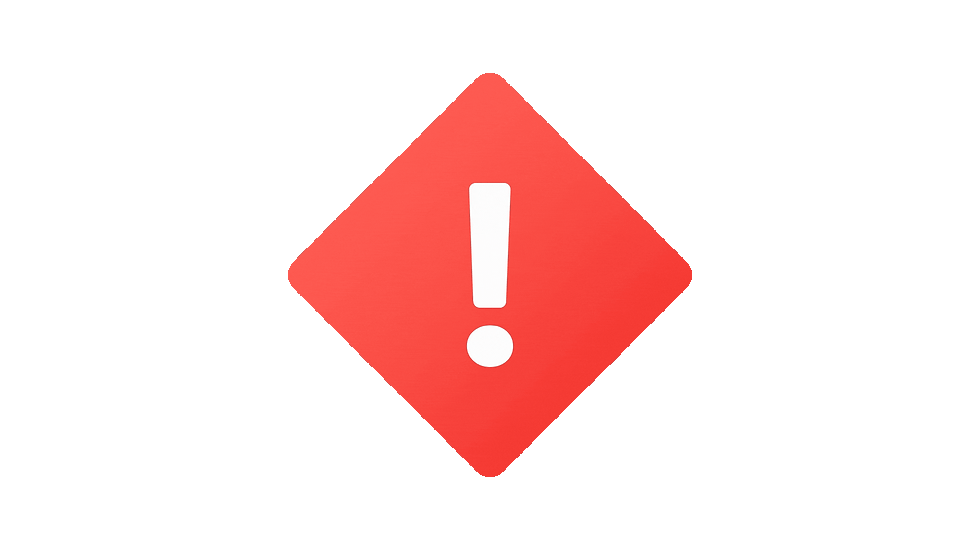The “Simplicity Rule” for PEBC MCQ
- 5 days ago
- 4 min read
(How to Rescue Yourself When You’re Unsure)

You’re staring at four options. Two feel wrong. The other two both seem… kind of okay. You’ve got 20 seconds left. What do you do?

Most candidates overthink and talk themselves out of the correct answer.
30 Second Summary

This article is for you if you often get stuck between two MCQ answers that both look right.
You’ll learn one simple rule: when in doubt, pick the answer that is safest, legal, and calm instead of the flashy one.
It shows how PEBC usually rewards the “boring but safe” choice, not the risky hero move.
If you keep changing your answers and then getting them wrong, this article will help you trust a clear, simple rule under pressure.
Here’s a simple rule that quietly saves 10–20 marks on MCQs—especially on law, ethics, and non-therapeutic questions.
PEBC isn’t trying to reward the person who chooses the most complicated, exotic option.
They’re trying to reward the person who consistently chooses the safest, most reasonable, guideline-aligned action.
Plan: turn it into a rule of thumb
When you’re truly stuck between 2 options:
Eliminate anything unsafe or law-breaking
Prefer the action that keeps options open (e.g., consult, verify, ask for more info, document)
Pick the simpler, “boring but safe” option over the heroic one
Example 1 – Emergency Supply of Meds

SH, 57, regular patient, runs out of all her chronic meds (amlodipine, indapamide, zopiclone, paroxetine, atorvastatin) on a Saturday night and asks for a 2-day supply until she sees her doctor on Monday. What’s the most appropriate response?
Options:
a. Provide a 2-day supply of all five medications
b. Provide a 2-day supply of all medications except zopiclone
c. Provide a 2-day supply of all medications except zopiclone and paroxetine
d. Send her to a walk-in clinic to get a new prescription
Example 1 - Correct Answer
Official correct answer: b
How the “simplicity rule” gets you to (b)
Eliminate clearly unsafe / unreasonable options
(a) All five meds
Zopiclone is a controlled, dependence-forming sedative. Auto-refilling it without any assessment is higher-risk.
So (a) is less safe than an option that withholds zopiclone.
(d) Send to walk-in clinic
It’s Saturday night, she’s out of all her chronic meds. Sending her away without any supply:
Increases risk (e.g., BP, mood, sleep destabilization).
Fails the “put patient’s needs first” test if you can responsibly bridge her.
So (d) is not the safest or most ethical choice.
We’re left with (b) and (c).
Now apply the rule between the two remaining “plausible” answers
(b) – Give 2 days of everything except the sedative:
Maintains chronic disease control (BP, lipids, depression).
Avoids casually extending a potentially abusable, CNS-depressant medication.
This is exactly that “boring but safe” pattern PEBC loves.
(c) – Withhold zopiclone and paroxetine:
Stopping an antidepressant abruptly, even for a couple of days, isn’t ideal.
It doesn’t buy you much extra safety vs (b), but it does increase risk of withdrawal/relapse.
Simplicity rule outcome
Between (b) and (c), the option that is most conservative on risk and simplest in intent is: Keep all necessary chronic meds going, only hold back the sedative → (b).
Example 2 – Veracity & Insurance Games

RK has a prescription for bupropion SR (Wellbutrin®) 150 mg, written this way so his third-party plan will cover it, even though he’s using it for smoking cessation (Zyban® not covered). How should the pharmacist act to uphold veracity (truthfulness) and still meet professional obligations?
Options
a. Inform the insurance plan that the prescription is actually for smoking cessation
b. Fax the physician to say the prescription cannot be filled
c. Contact the physician to discuss alternative smoking-cessation options that might be covered
d. Process the prescription as written so RK can get therapy
Example 2 - Correct Answer
Official correct answer: c
How the “simplicity rule” leads you to (c)
Eliminate anything clearly unethical / unsafe / illegal
(d) Process as written
This is basically going along with misrepresentation to the insurer.
Violates veracity and professional integrity.
Strike it.
(a) Inform the plan directly
You’re unilaterally disclosing extra information to the insurer.
Raises confidentiality issues and still doesn’t solve RK’s access problem directly.
It’s aggressive, not “boring but safe”.
(b) Tell the doctor it “cannot be filled”
Too extreme. You can fill it; the issue is the indication and coverage, not actual safety/legality of the drug.
It shuts down care instead of trying to find a better path.
Only (c) is left, but let’s still run it through the rule.
Check (c) against the rule
(c) Call the prescriber to discuss covered alternatives
Protects the truth (you’re not lying to the plan).
Protects the patient (you’re actively trying to keep him on evidence-based smoking cessation).
Respects professional relationships (collaborating with the prescriber).
And crucially: it’s the simplest, most standard professional move—talk to the prescriber and adjust the plan.
Simplicity rule outcome
Among all answers, the one that is non-dramatic, truthful, and patient-centred is (c).
It doesn’t involve snitching to the insurer or refusing care; it just fixes the root problem.
(d) is what most students are tempted to pick (“just help him get it covered”), but the exam rewards the ethically boring move—call the prescriber, fix the plan.
If this rule and walkthrough helped you, imagine having a detailed framework for the PEBC/OSCE exams laid out for you.




Comments